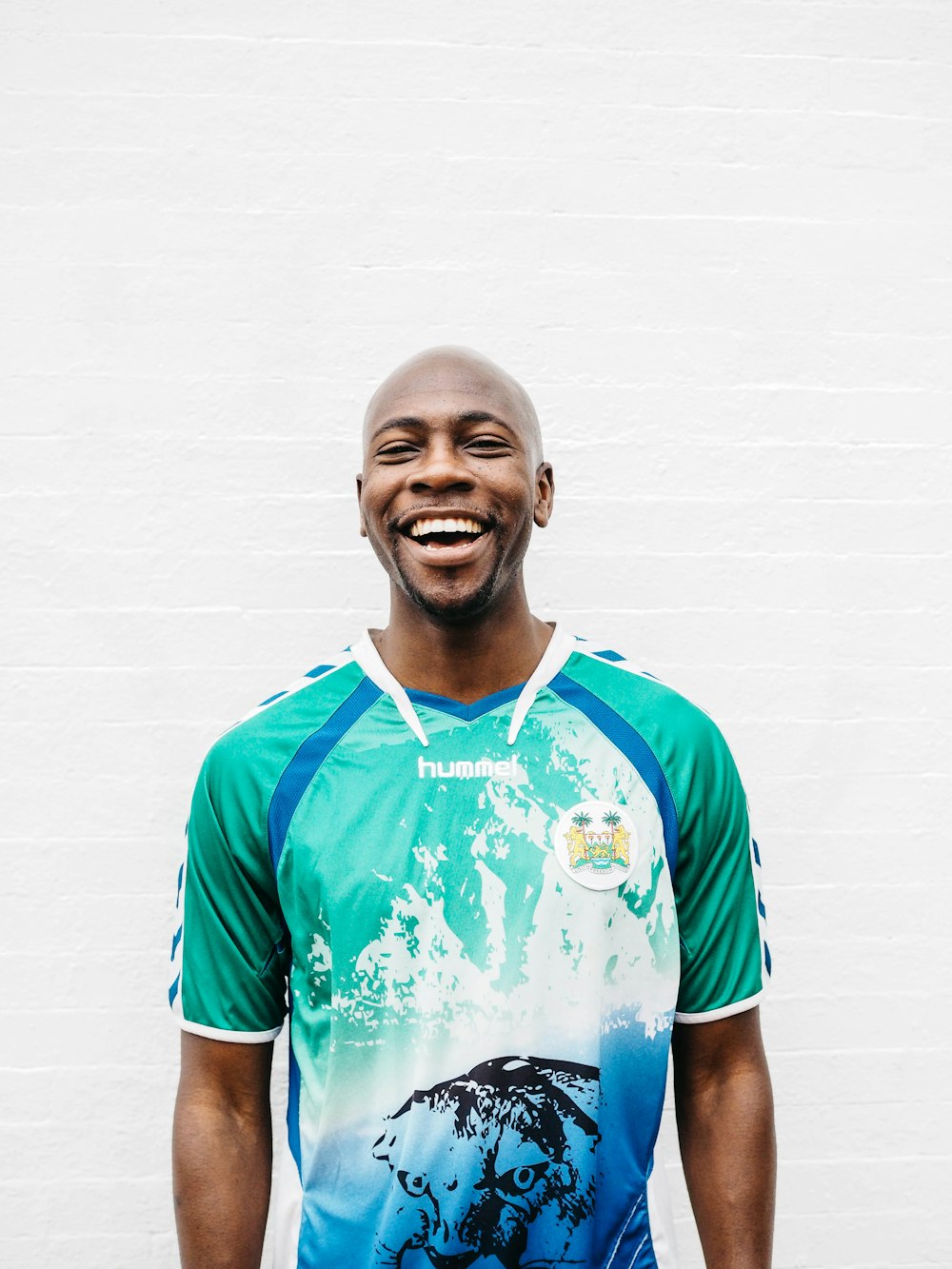Self esteem can either be healthy or unhealthy and refers to an individuals confidence in his or hers ability or self-worth. Those with a healthy self-esteem can find it easier to believe in their worth and abilities, to assist themselves in achieving a task for example. Whereas those with a low self esteem can belittle themselves struggle to find their place or value in society. This is closely linked with autism, of where an individual may already face difficulties of low self esteem, if struggling to fit in.
Impact of self-esteem

Concerns of low self esteem and poor mental health can lead to depression. It can also lead to some questionable friendship choices if an individual does not see their self-worth. They may not be portraying the best version of themselves and instead only receive what they put out there. For someone with autism, developing and sustaining friendships is already a great enough struggle as it is. But facing this issue too is like ‘double trouble’ where you are battling two issues.
Why have healthy self-esteem?

It is therefore important to look after your mental health and stay clear of negative energy. You may be vulnerable and unable to pinpoint who these people are, but it is pitival to your happiness to do so. Being around supportive people is great for your confidence and self-esteem. It means people are encouraging you to chase your dreams and your development. Whereas negative people might only see the worst in you which can hinder your abiity to unearth your talents and success.
Celebrate your own achievements!

Someone with autism may already be constantly reminded about things they struggle to do, or cannot do. The last thing we need is someone that is inpatient and unsympathetic. Knowing that someone is tolerant and understanding is more reassuring than you can ever imagine. Celebrate your progress as though it is unique to the individual. What might be nothing for someone else, could be an outstanding achievement for you. Therefore I see this as a key aspect of assessing a persons motive and energy, as your supportive friend will compliment such an achievement.
Surround yourself with positive energy

You need people that will love and support you. It is simply not good enough to keep unwanted company just for the sake of it. Strive for better and take risks. If that means cutting someone off, then it may have to be a risk that you have to take. We aren’t always destined to be a consistent or prominent aspect of every persons lifetime. Sometimes people drift and you should not feel bad for drifting away from negative energy. You should put yourself first and be around supportive people, as they will encourage and compliment your push for better health.

